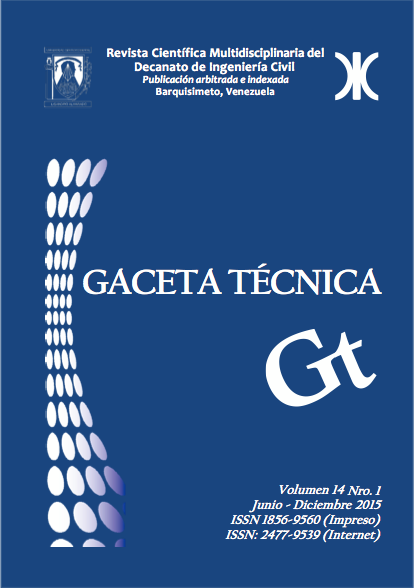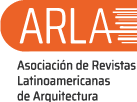Evaluation of insulating panels made of cattails fibers (Typha Latifolia)
DOI:
https://doi.org/10.13140/RG.2.1.1623.8962Keywords:
insulating capacity, Typha latifolia, thermic panelsAbstract
In this paper the insulating capacity of panels made of Typha latifolia in different forms was evaluated. The results show a significant insulating capacity, placing the cattail as a potential isolating element in buildings. The development of thermal insulation elements based on biomass residues is a promising line of research that will provide substantial improvement in energy efficiency and thermal comfort with sustainable habitat solutions at low cost. The development of contemporary construction elements such as panels or blankets of totora, will permit the improvement of industrial solutions sustainability and a significant reduction in the cost of its production
Downloads
References
[2] M. Quiroz, F.P. Noguera, "Efecto de cinco dosis de probiotico bioseptic en la descomposición de totora y su evaluación en el cultivo de lechuga en Yahuarcocha", Tesis de pregrado, Facultad de Ingeniería en ciencias agropecuarias y ambientales, Escuela de Ingeniería Agropecuaria, Ibarra, 2007.
[3] E. M. Deago, "Typha angustifolia evaluada como sustrato sólido orgánico natural para biorremediar agua subterránea contaminada con nitrato", Revista de I+D Tecnológico, vol.11, no1, pp. 41–54, 2015.
[4] A. García Santos, "Aplicaciones constructivas de un material compuesto de escayola y fibras naturales de Typha Latifolia", Materiales de Construcción, vol. 54, no 273, 2003.
[5] K. Ramanaiah, V.R. Prasad y K. Chandra Reddy, "Mechanical and Thermo-Physical Properties of Fish Tail Palm Tree Natural Fiber–Reinforced Polyester Composites", International Journal of Polymer Analysis and Characterization, vol. 18 no2, pp.126– 136, 2013.
[6] G.Wuzella, A.R. Mahendran, T. Bätg y A. Kandelbauer, "Novel, binder-free fiber reinforced composites based on a renewable resource from the reed-like plant Typha" Industrial Crops and Products, vol.33, no3, pp 683–689, 2013.
[7] M.V. Madurwar, R.V. Ralegaonkar y S. Mandavgane, "Application of agro-waste for sustainable construction materials: A review", Construction and Building Materials, vol.38, no1, p.p 872–878, 2012
[8] Standard Test Method for Steady-State Heat Flux Measurements and Thermal Transmission Properties by Means of the Guarded-Hot-Plate, C177-13, 2013.
[9] American Society for Testing Materials (ASTM) Standard Terminology Relating to Thermal Insulation, C168-13, 2014.
Published
How to Cite
Issue
Section
The opinions expressed by the authors do not necessarily reflect the position of the editor of the publication or UCLA. The total or partial reproduction of the texts published here is authorized, provided that the complete source and electronic address of this journal is cited. Authors have the right to use their articles for any purpose as long as it is done nonprofit. The authors can post on the internet or any other media the final approved version of their work.







.png)




